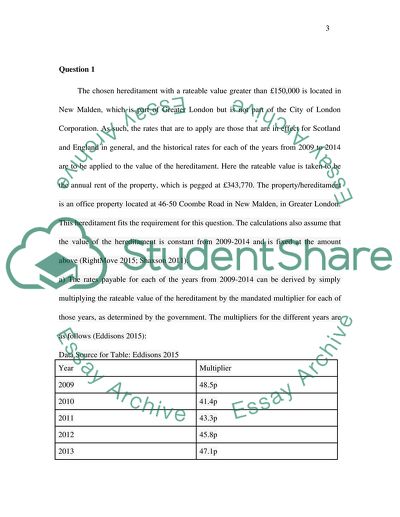Cite this document
(Local Taxation in the United Kingdom Coursework, n.d.)
Local Taxation in the United Kingdom Coursework. Retrieved from https://studentshare.org/law/1873784-valuation-and-law
Local Taxation in the United Kingdom Coursework. Retrieved from https://studentshare.org/law/1873784-valuation-and-law
(Local Taxation in the United Kingdom Coursework)
Local Taxation in the United Kingdom Coursework. https://studentshare.org/law/1873784-valuation-and-law.
Local Taxation in the United Kingdom Coursework. https://studentshare.org/law/1873784-valuation-and-law.
“Local Taxation in the United Kingdom Coursework”, n.d. https://studentshare.org/law/1873784-valuation-and-law.


